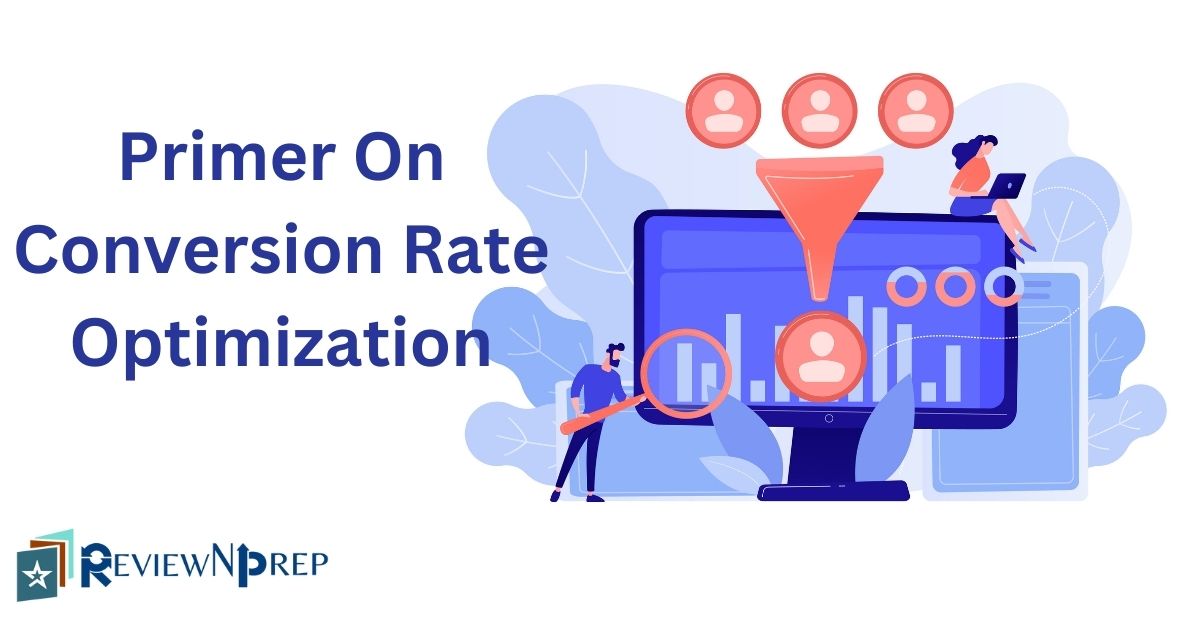|
|
Have you ever pondered the remarkable effectiveness of certain websites in spurring visitors towards action, whether it entails making purchases, subscribing to newsletters, or completing forms? The answer resides in Conversion Rate Optimization (CRO) principles, a strategic toolkit aimed at amplifying the rate at which visitors convert into customers or fulfill specific actions on websites or landing pages.
Aided by techniques such as optimizing landing pages, A/B testing, multivariate testing, and user experience (UX) design, businesses strive to enhance their online presence and engagement. The journey is akin to a finely tuned orchestration, where every element harmonizes to guide visitors seamlessly toward their intended goal.
Like those embraced by Edge Marketing in its Google Ads solutions, CRO principles go beyond mere aesthetics. They delve into the psychology of user behavior, leveraging insights to create an experience tailored to visitors’ preferences. Businesses can identify bottlenecks and build pathways that nurture conversions by analyzing conversion funnels and applying behavioral psychology.
In this article, we will explore key CRO strategies, delving into optimizing landing pages, conducting rigorous testing, designing for optimal user experiences, and leveraging the power of online advertising platforms. The journey doesn’t just end at attracting visitors; it extends to creating an environment where visitors are compelled to take the desired action.
Optimising Landing Pages for Conversions
First impressions hold significant importance, particularly in the digital realm. Creating an appealing and user-friendly environment is critical when visitors arrive on a landing page. This involves designing a visually captivating layout, utilizing persuasive and succinct copy, and placing distinct and compelling calls-to-action (CTAs).
These CTAs could include buttons with phrases like “Get Started,” “Learn More,” or “Buy Now.” By using appealing visuals and language that resonates with the target audience, businesses can heighten the probability of converting visitors into customers.
A/B Testing and Multivariate Testing
A/B testing and multivariate testing play a role in determining the effectiveness of a landing page. This strategy entails generating two web page versions (A and B) with minor variations, such as distinct headlines or differing button colors. These versions are shown to different segments of visitors, and the version that yields better conversions is selected.
Multivariate testing takes this concept further by simultaneously testing multiple elements on a page, leading to a more comprehensive understanding of the most effective combination. These tests facilitate refining design choices based on data rather than assumptions.
User Experience (UX) Design for CRO
It focuses on giving a seamless and enjoyable journey for visitors. A positive user experience encourages visitors to prolong their stay on a website and increases the likelihood of conversions. Intuitive navigation, rapid loading times, and mobile responsiveness create a satisfying experience.
Imagine encountering a website that takes an extended period to load or is challenging to navigate—such frustrations often result in visitors leaving without completing any meaningful action. UX design aims to prevent such issues and provide users a smooth journey.
Analysing and Improving Conversion Funnels
Visualize the conversion funnel as a path visitors follow from their initial arrival on a webpage to the conversion point. Analyzing this funnel assists in identifying potential drop-off points where visitors abandon the process. Businesses can introduce modifications to enhance the conversion rate by comprehending why users leave during specific stages.
For instance, if many visitors abandon the checkout process, it could indicate payment options or security concerns. Recognizing and addressing these issues can lead to heightened conversion rates and a more profitable online presence.
Online Advertising Platforms
While optimising web content is crucial, driving traffic to those pages is equally significant. Online advertising platforms offer a means of reaching a targeted audience and guiding them to optimised pages. Businesses can establish highly targeted campaigns and gain valuable data to inform their CRO strategies by utilising platforms such as Google Ads and Facebook Ads.
For instance, if an ad campaign garners high click-through rates but low conversions, it might suggest a discrepancy between the ad content and the landing page. Adjusting the ad copy or the landing page content can align expectations and improve conversions.
Personalization and Behavioral Psychology
Have you ever encountered an email or advertisement tailored precisely to your preferences? That’s the magic of personalization. Tailoring content based on user behavior and preferences can significantly impact conversions. By applying the principles of behavioral psychology, businesses can confidently create content that effectively resonates with users by understanding their needs and behavior.
For instance, phrases like “Recommended for you” or “Based on your browsing history” can pique a user’s curiosity and encourage further exploration.
Conclusion
In the dynamic realm of online business, mastering Conversion Rate Optimisation (CRO) principles is a valuable asset, much like Edge Marketing offers Google Ads solutions. These principles encompass optimising landing pages, conducting meticulous A/B and multivariate testing, prioritising user experience, dissecting conversion funnels, and harnessing the psychology behind personalisation and trust. Through ongoing refinement, driven by data-driven insights, businesses create an online ecosystem that entices visitors and effectively guides them toward conversion.
The importance of CRO remains constant as the digital landscape continues to expand. The interplay of elements like intuitive design, persuasive copy, and strategic CTAs forms the foundation of an immersive user journey. By decoding user behaviour and building upon the principles elucidated here, businesses can ensure their online presence is engaging and conducive to conversions.
In essence, CRO is not merely about boosting visitor numbers; it’s about crafting an experience that resonates with visitors’ needs and prompts them to take tangible actions. Just as a conductor orchestrates a symphony to captivate an audience, businesses orchestrate CRO strategies to captivate visitors and convert them into valued customers. Like Edge Marketing’s Google Ads solutions, these principles form a powerful toolset for online success.
Further Reading:
Understand the differences between web developer and web designer in this blog.

